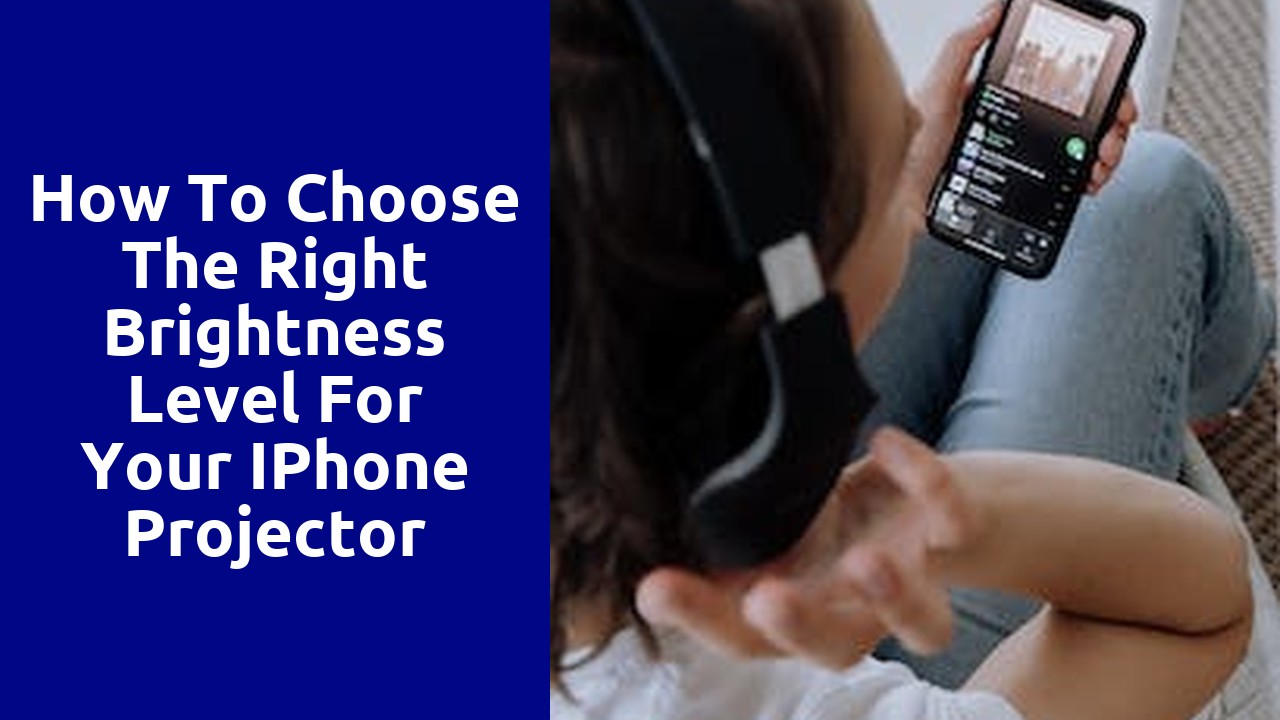

When it comes to choosing the right brightness level, there are a few factors that need to be considered. Firstly, it is important to think about the intended use of the space. Different activities require different levels of brightness. For example, a work area may need to be well-lit to ensure focus and productivity, while a bedroom may benefit from softer, more ambient lighting for relaxation. Considering the purpose of the space will help determine the appropriate level of brightness.
Another factor to consider is the natural lighting in the room. Rooms that receive a lot of natural light may not require as much artificial lighting during the day, whereas rooms with limited natural light may need higher levels of brightness to compensate. Additionally, the color scheme and decor of the room should be taken into account. Lighter colors tend to reflect more light, creating a brighter overall environment, while darker colors absorb light, resulting in a dimmer space. Finding a balance between the room's natural lighting and color scheme will help determine the optimal brightness level.
When watching television or movies, the lighting conditions in your viewing environment play a crucial role in enhancing the overall viewing experience. Assessing the lighting in your space is an important step towards optimizing your visual enjoyment. One way to begin this process is by observing the natural lighting during the times you typically watch your favorite shows. Take note of how the sunlight enters the room and if it causes any glare or reflections on the screen. Additionally, consider any artificial lighting sources that may be present, such as overhead lights or lamps. Assess their intensity, color temperature, and positioning in relation to your viewing area. Understanding the impact of both natural and artificial light will help you make informed decisions about how to best set up your viewing environment.
When setting up a projector, it is crucial to determine the appropriate distance between the projector and the screen. This distance greatly affects the quality and clarity of the projected image. To achieve the best viewing experience, it is important to follow a few simple guidelines.
First and foremost, consider the size of the screen and the throw ratio of the projector. The throw ratio is defined as the distance from the projector to the screen divided by the width of the screen. This ratio provides a general guideline for placement. For example, if the throw ratio is 2:1, then the projector should be placed at a distance twice the width of the screen. By understanding the throw ratio, you can easily calculate the optimal distance for the projector placement. However, it is always advisable to consult the manufacturer's recommendations for your specific projector model.
When it comes to projecting images, one of the crucial factors to consider is the size of the projected image. This greatly impacts the overall viewing experience and can make or break the success of any presentation or event. The size of the projected image determines the level of engagement and visibility for the audience, so it is important to carefully assess and select the appropriate size.
When selecting the size of the projected image, it is important to take into account the venue and the size of the audience. A smaller venue may require a smaller image size, while larger venues with a bigger crowd would demand a bigger image size for optimum visibility. Additionally, the purpose of the presentation should also be considered. For informational presentations, a larger image size may be preferred to ensure that the audience can read all the content clearly. On the other hand, for artistic or visual presentations, a larger image size may be desirable to fully capture the details and intricacies of the visuals.
When it comes to conducting presentations and meetings, choosing the appropriate brightness level is a critical aspect that should not be overlooked. The brightness level of the display screen or projector can significantly impact the overall effectiveness of the presentation, either enhancing the clarity of the visuals or causing unnecessary strain on the eyes of the audience.
To ensure an optimal viewing experience, it is essential to consider the lighting conditions in the room where the presentation or meeting will take place. If the room is well-lit with natural or artificial light, it is advisable to set the display screen or projector at a slightly higher brightness level. This will help to counterbalance the ambient light and ensure that the visuals are clearly visible to all attendees. On the other hand, if the room is dimly lit or dark, a lower brightness level should be chosen to prevent the screen from appearing overly bright and causing discomfort to the eyes. Finding the right balance between the lighting conditions and the brightness level is crucial for an effective and engaging presentation or meeting.
Creating the perfect movie night or home entertainment experience requires careful attention to detail, and one key aspect that often gets overlooked is brightness optimization. The right balance of brightness can greatly enhance your viewing experience, immersing you in the action and making every scene come to life. So, how can you optimize brightness for your movie nights?
Firstly, it's crucial to consider the lighting conditions in your viewing space. Dimming the lights or even creating a blackout environment can significantly improve the overall picture quality. Bright lights can create glare or wash out the colors on the screen, so finding the right balance is essential. Additionally, you should also consider the brightness capabilities of your display device. Adjusting the brightness settings according to the content you're watching can make a substantial difference, ensuring the details are crisp and the colors are vibrant. By considering these factors and fine-tuning the brightness settings, you can elevate your movie nights and home entertainment to new heights of visual splendor.